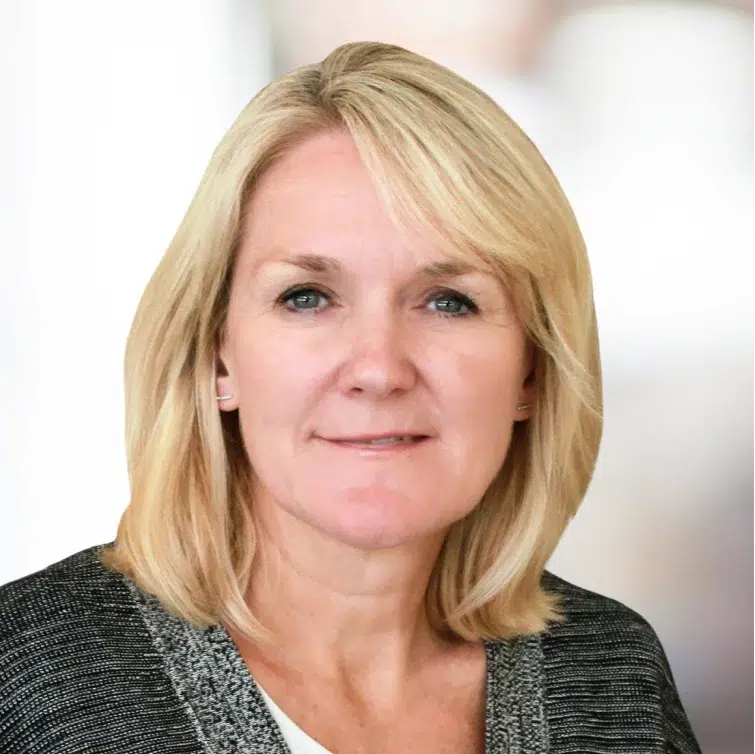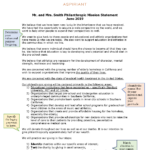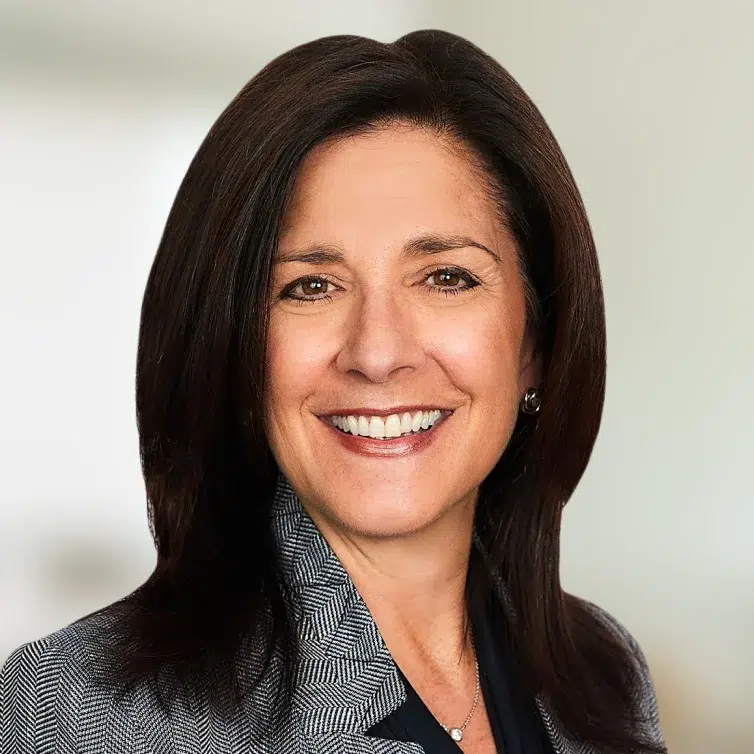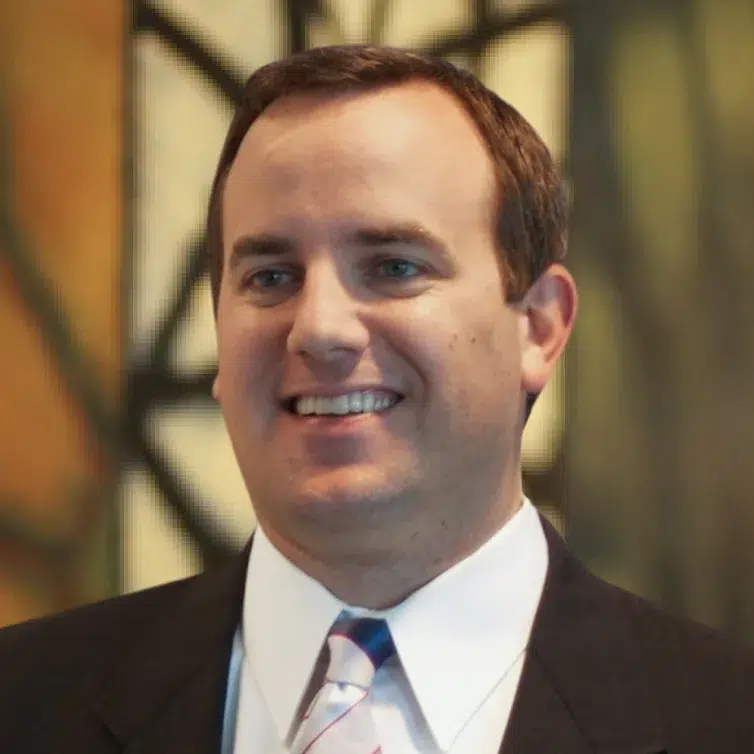
The anatomy of a philanthropic mission statement
Many of our clients enjoy giving to charity, but how they go about it can vary widely. For some, we’ve noticed much of their giving seems to respond to requests from family, friends and charities. These tend to be smaller donations and can amount to more than a hundred small gifts annually. The purpose of these gifts seems to be out of a sense of obligation to being asked rather than a true connection to the charity.
We have also worked with clients who make major gifts in excess of $100,000. Those clients tend to be clearer about why they are making the particular donation. These larger gifts are made from an emotional connection they have formed with the charity and its purpose.
Working alongside our clients who have developed the best donor skills, we’ve seen how a written philanthropic mission statement helps them to connect more directly with their charitable intentions and fulfill their charitable goals.
A mission statement can be used for gifts throughout your life. It can also be very helpful for your family and heirs after you are gone to carry out wishes you weren’t able to fully satisfy during your lifetime or did not have a chance to document in your estate plan.
The process of creating an effective mission statement starts with knowing yourself — your purpose and values, what you are grateful for at this stage in your life, how much of your wealth you want to contribute, and how you want to leave this world.
Your purpose and values
When we help clients make major decisions about money, we’ll ask questions until a client finds clarity of purpose and help them document their responses. These responses, stated properly, then become the framework to guide them in making important financial decisions with confidence. This is true for all financial decisions, including those relating to charitable donations.
This is an inside-out process, where you examine your values to define the causes you believe in. Unfortunately, without digging deeper, most people use an outside-in approach by starting with a specific charity, or worse, responding to year-end mailings or advertisements from organizations and then attempting to try them on to see if they fit their values. Although sifting through a stack of mail or emails from charities looking for the ones that give you an emotional response may be helpful, knowing why they give you an emotional response would probably be a more valuable guide and increase your confidence in making major gifts.
So where are your emotional responses hidden? They are probably in the values that have gotten you to this point in your life. Your values may have been programmed into you without you even knowing it was happening. Someone else may need to point them out to you because they are so much a part of you that you may assume everyone shares them. However, you are unique. So, your values are unique to you. We tend not to know our own uniqueness. But, ask those closest to you. Your values will be obvious to them.
Your values are the touchstone that you have unconsciously used to guide you to where you are today. The easy ones may be in your academic or spiritual background. This may be why learning and religious institutions have the largest and most successful endowments. Of course, the family you were born into had much to do with the values that you cherish; teaching you, one way or another, what to do or not do.
Ask yourself a series of questions to help you become clearer about your values, such as:
- Why did you take the life path you took?
- Why did you pick the college major you earned a degree in?
- Why did you choose the career path you’re on?
- Why did you decide to get married, or not?
- How did you pick your life partner? What were you attracted to and why?
- If you chose to have children, why?
- What values do you want your children to know to survive or be successful?
- What mistakes did you observe others making that you made your life’s goal to avoid?
- What do you base your own success on?
A good wealth manager can act as a sounding board and document observations of what you expressed as your values.
Gratitude
Pick up any bestselling book on finding happiness and you will most likely discover that the happiest people are grateful for what they have achieved or have been given. That is true for entrepreneurs as well as inheritors. It is not based on the size of your wealth or how you acquired it, but on your decision to appreciate what you have been given by life.
Look back over how you got to this point in your life. What and who are you grateful for? It is interesting to listen to a new citizen of the United States express their gratitude for becoming an American; something many of us take for granted. What are you taking for granted that would make life much less satisfying today if you didn’t have it? Include your expression of gratitude as a component of your mission statement.
Legacy
Legacy, or leaving something behind, plays a part in philanthropy. However, if you have not yet reached 50 years old, you may not have an emotional response to your legacy yet. Don’t worry. We spend the first half of our lives trying to figure out where we are going and reaching for our goals. During this time, we look back, frequently, to see how far we have come and our accomplishments. It’s not until the second half of our lives do we start to look at how far we have left to go and think about how we want to leave people, society and the world when we are gone — our “mark.”
As you contemplate how your philanthropy plays into your legacy, this is a good place to consider if you want recognition. We have all seen names on buildings of people who gave 100 years ago, endowments in the name of their creators, and donor lists in programs and on websites. To what degree do you want to be named? Be honest. Many people say that they don’t really want recognition. However, we have very rarely observed gifts being made anonymously.
Often donors honor someone else in the naming of their gifts. For example, scholarships in the name of a favorite professor or a doctor at a hospital, buildings in the name of parents, or donations made in someone’s memory.
What causes express your values?
Now start to apply your values and what you are grateful for towards the causes that support those values. What in your community, the country, and the world needs to be preserved, improved or changed for those values to be manifested? Identify the broad types of organizations that might serve those causes. For example, schools, museums, hospitals, special needs organizations, medical research, performing arts, homeless shelters, etc.
Identify specific charities
Typically, most people start their charitable planning here. However, we’ve found when working with the most successful donors that picking the specific charity should fall toward the end of the process.
According to GuideStar, there are currently 2.7 million charitable organizations, and new ones are being formed every day. A donor cannot possibly know them all, let alone know the ones that are the best fit for their causes. A financial advisor experienced with philanthropy can help you select the appropriate organizations to fulfill your mission.
We use a four-step process to match the charity to the client’s causes: Identify, test, evaluate, then commit.
Writing the mission statement
Once you have a better understanding of yourself and what matters to you, you can combine your observations to write a clear, concise mission statement. See a sample philanthropic mission statement that represents everything we’ve discussed.
Whether you donate $500 a year or $5 million, your philanthropic mission statement is your compass to keep you heading in the right direction to express your values through charity. It will guide you even when you have been spun around in circles by the many distractions of other agendas and societal noise directed your way. We’ve seen clients being thrown off their path only to be refocused through their well-conceived philanthropic mission statement. Look for an experienced wealth manager to help you craft your own personal compass that gives you the clarity and confidence to be a successful philanthropist.
(Watch Session 1 of our three-part webinar workshop, “Taking Your Philanthropy to the Next Level,” to learn more about how to find the mission in your philanthropy.)

 Talk to us
Talk to us 













